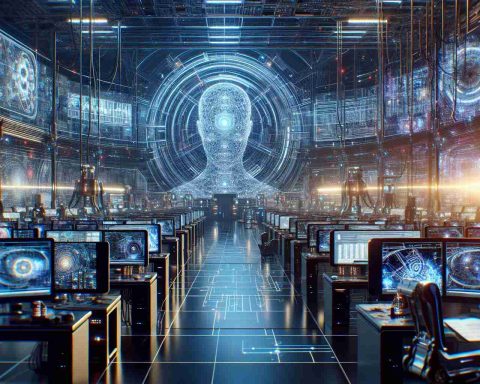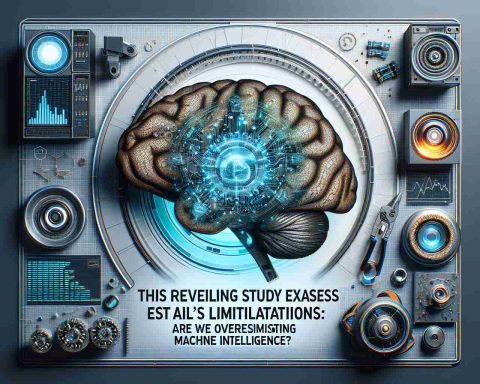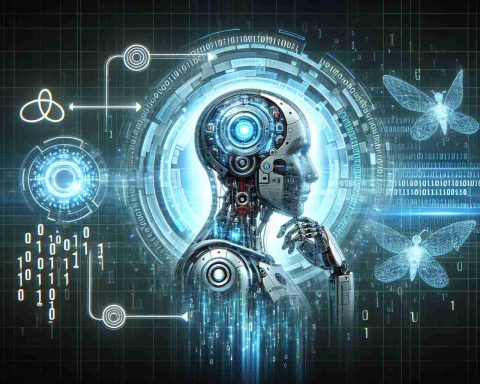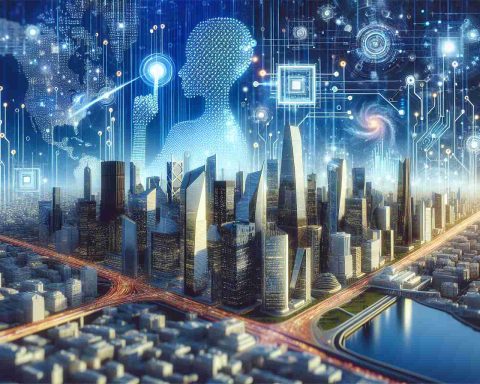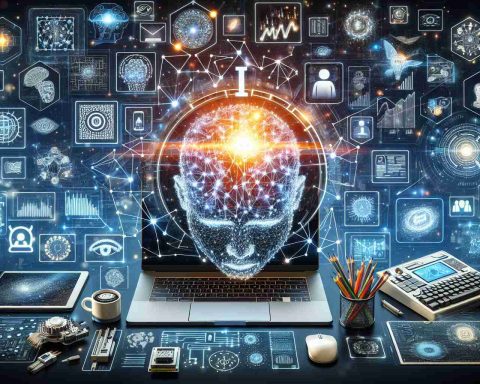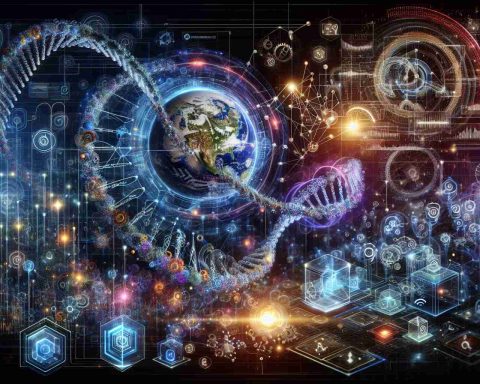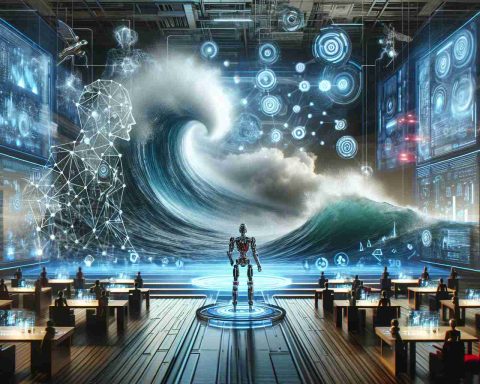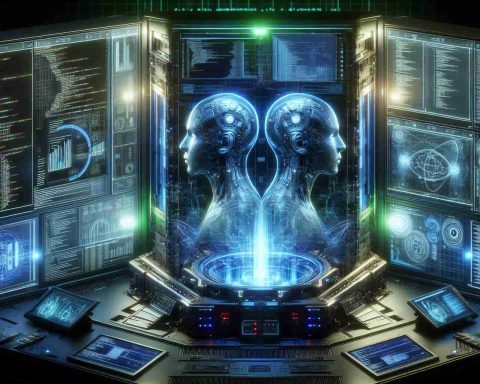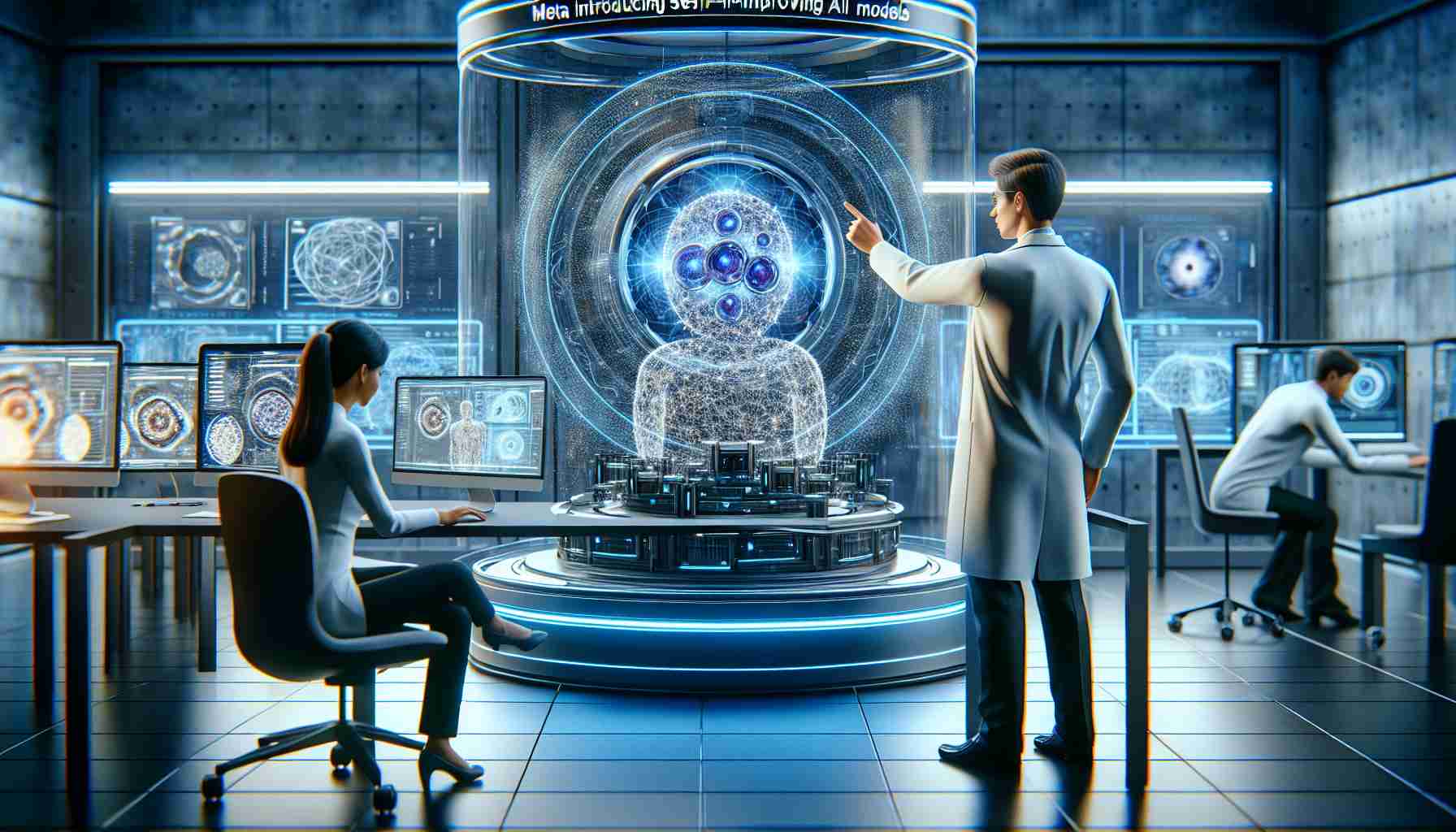Reinforcement Learning
Reinforcement Learning (RL) is a type of machine learning where an agent learns to make decisions by taking actions in an environment to maximize cumulative reward. The learning process is influenced by the consequences of the agent's actions, which can be positive or negative feedback received from the environment. In RL, the agent observes the current state of the environment, selects actions based on a policy, receives rewards or penalties, and updates its policy over time to improve future decision-making.The key components of reinforcement learning include:1. **Agent**: The learner or decision maker that interacts with the environment.
2. **Environment**: The context or domain in which the agent operates and seeks to optimize its actions.
3. **State**: A representation of the current situation of the environment.
4. **Action**: Choices made by the agent that can affect the state of the environment.
5. **Reward**: A scalar feedback signal received after taking an action, guiding the agent on the effectiveness of its strategy.
6. **Policy**: A strategy that the agent employs to determine its actions based on the current state.Reinforcement learning is widely used in various applications, including robotics, game playing, and autonomous systems, where the goal is to learn optimal behaviors through trial-and-error interactions with the environment.




